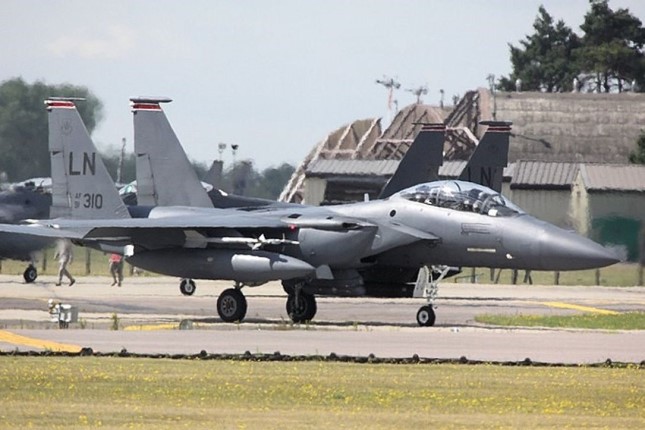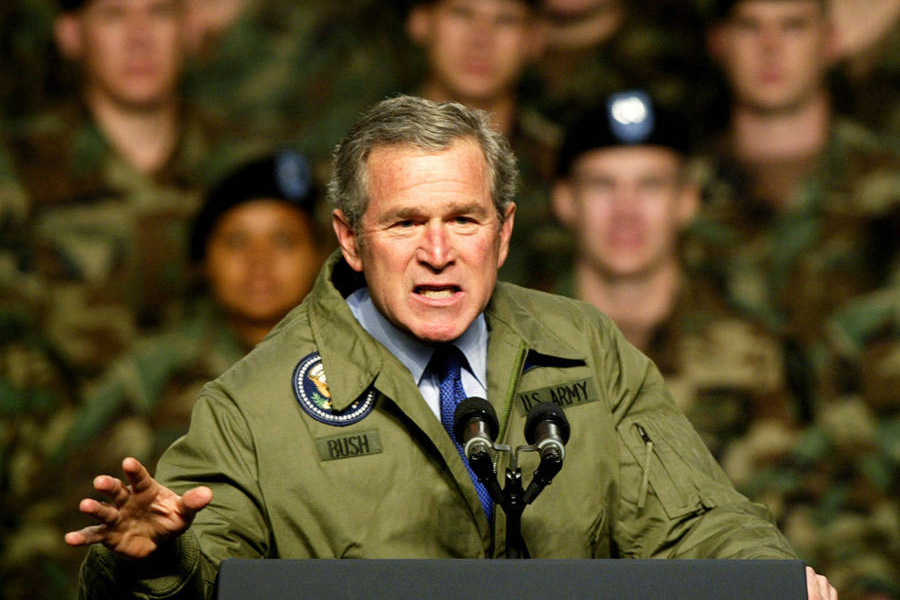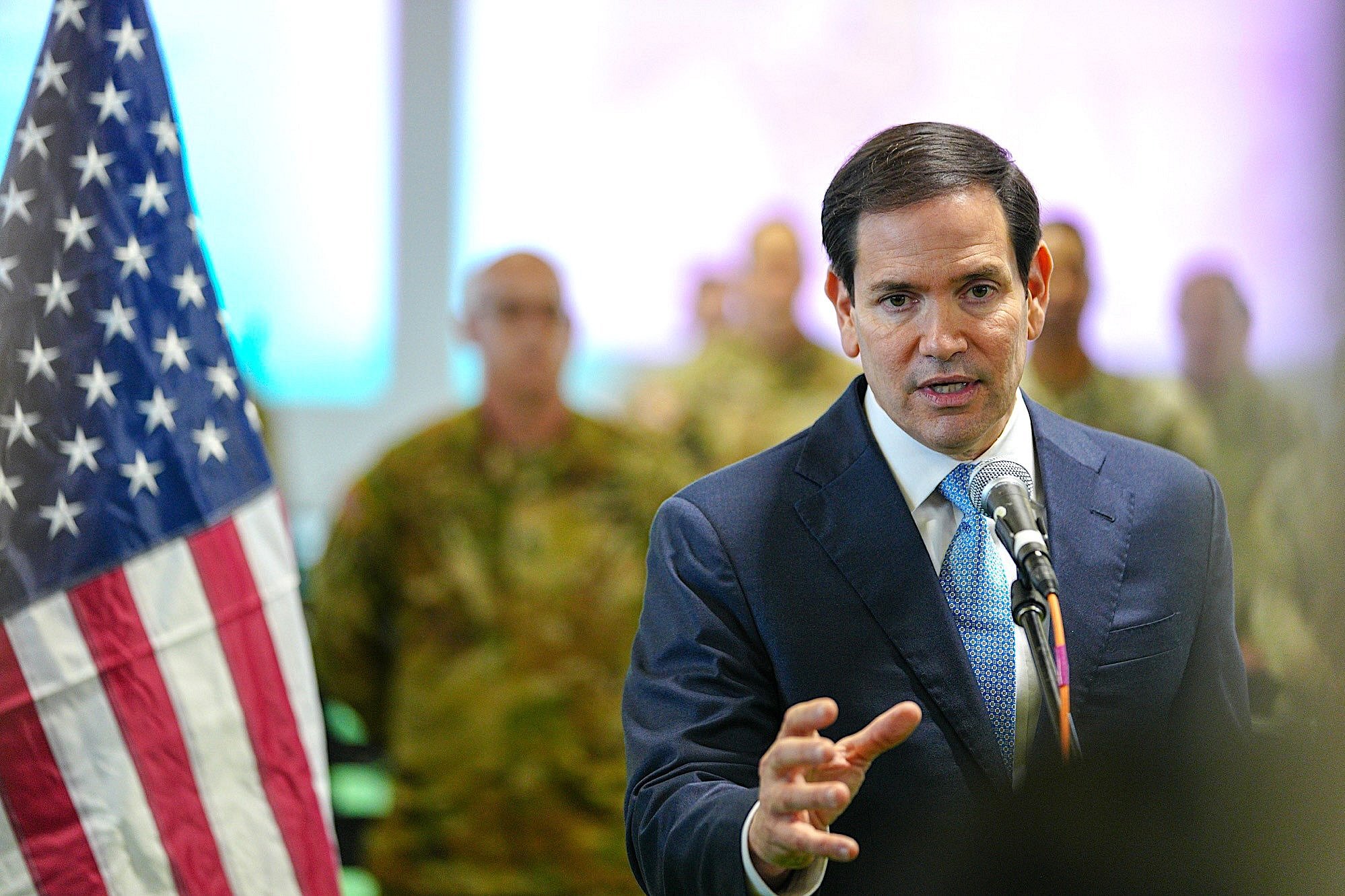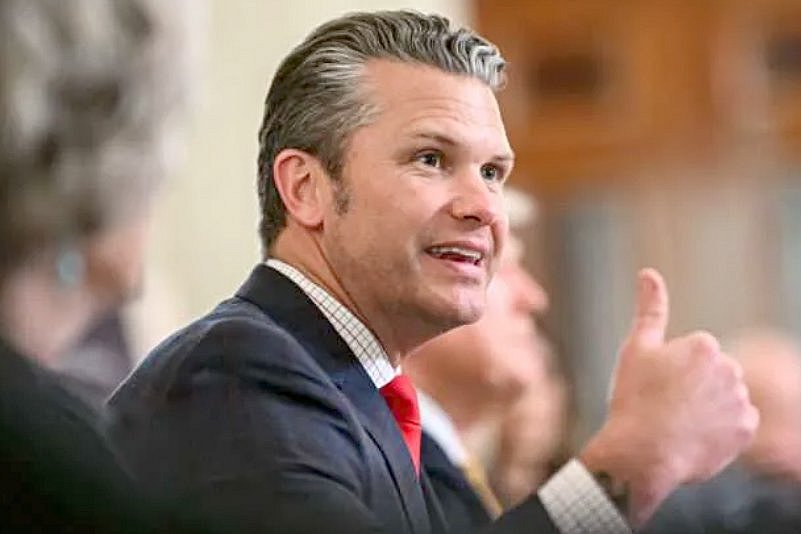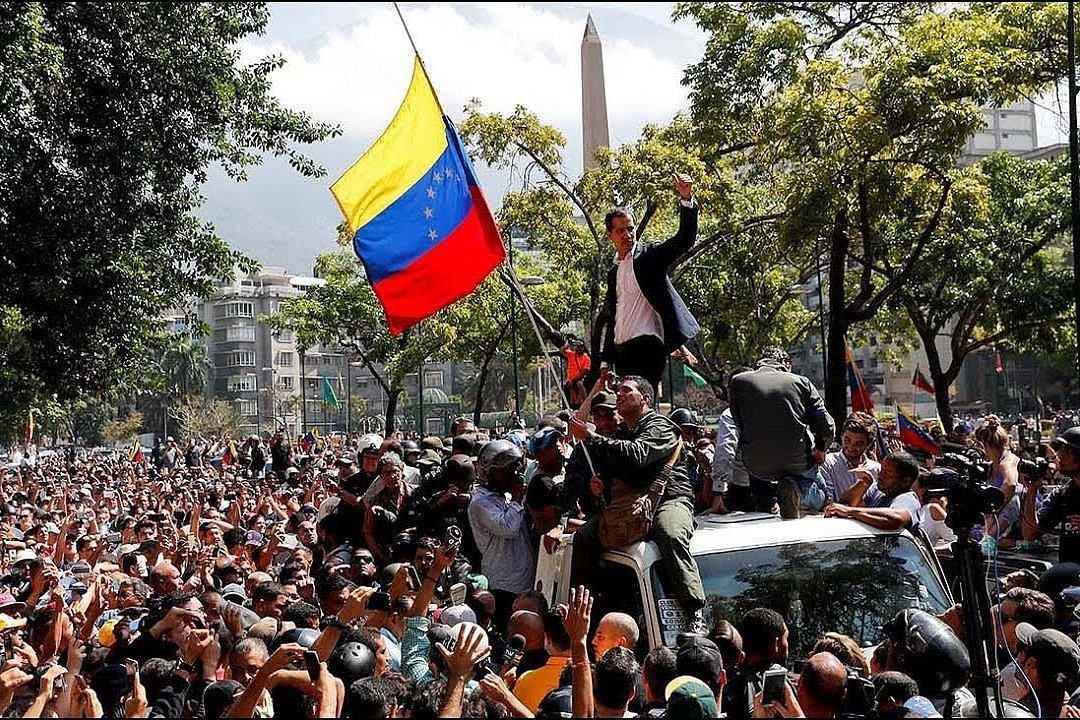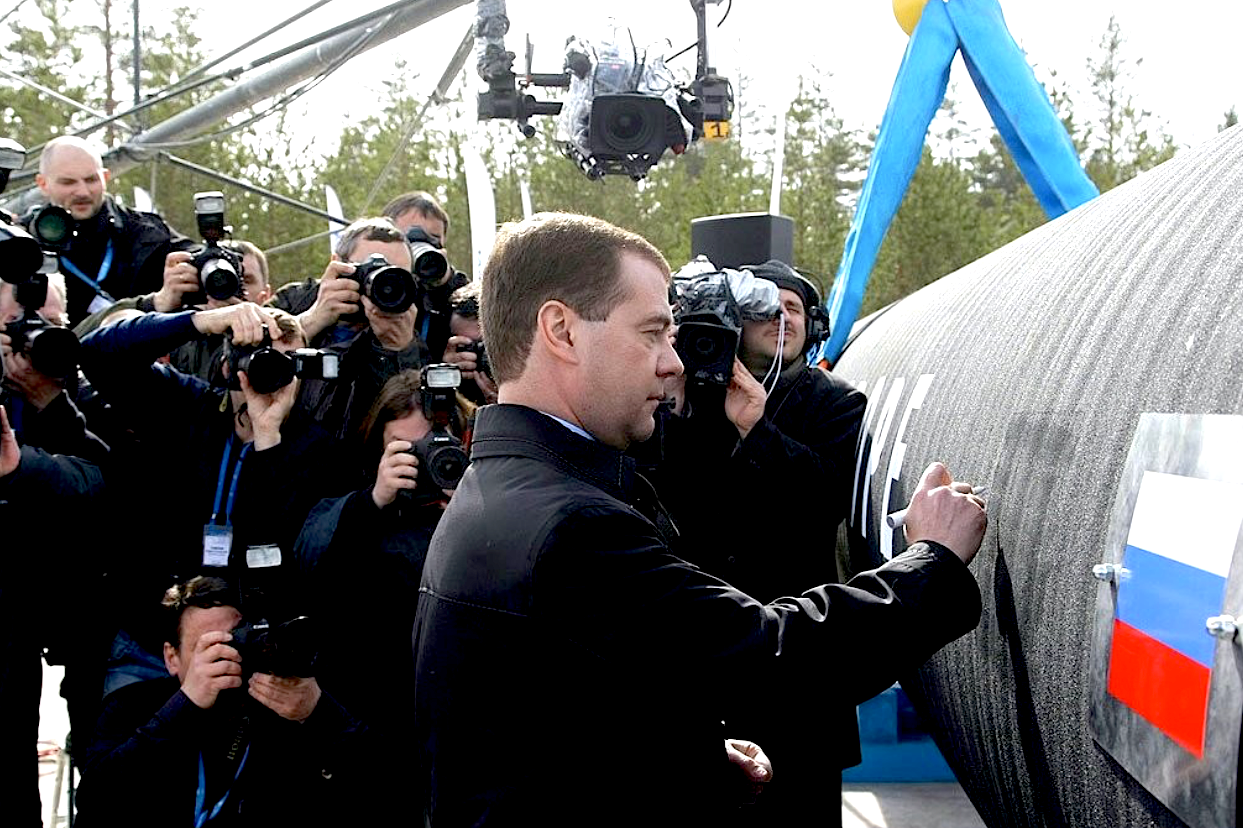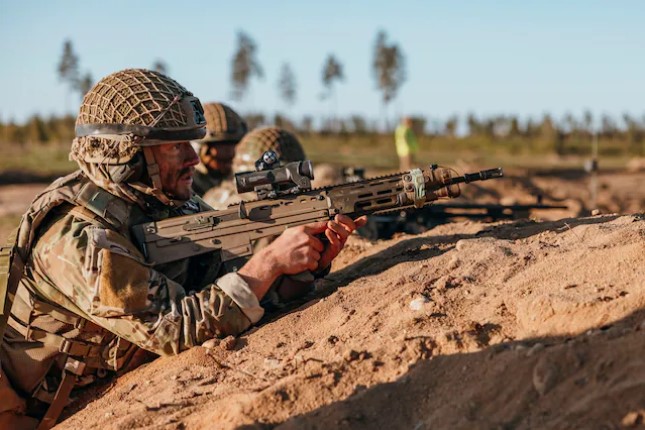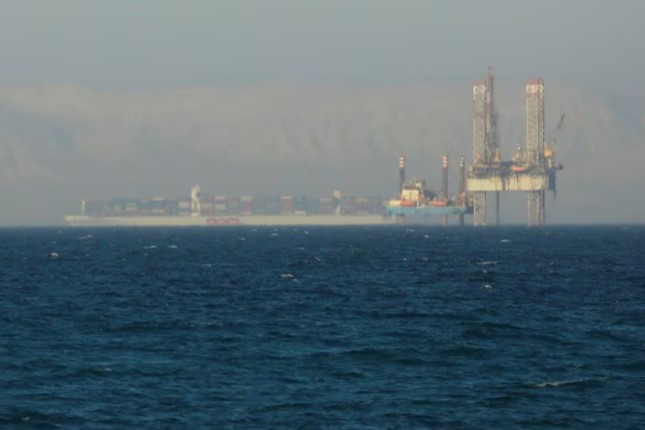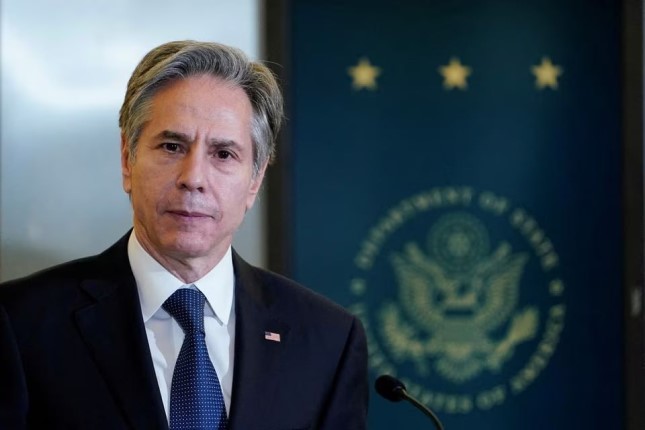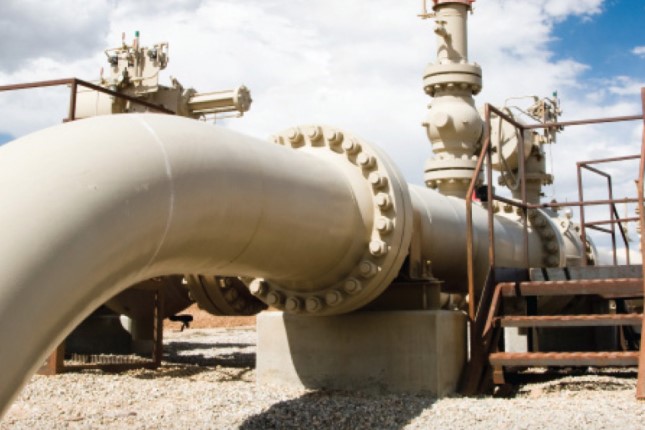In March, the US Congress received a 2024 budgetary request for $50 million (£39.5 million) from the USAF (US Air Force) for a “surety dormitory” at RAF Lakenheath. As a number of reports attest, the term “surety” is used in US military parlance to refer to nuclear weapons. That the plans have been fast-tracked was noted in the Telegraph, which stated, “Last year’s [Congress] budget referred to a Nato project to build ‘secure sites and facilities’ to store ‘special weapons’ in a number of Western countries, including Britain, but made no reference to the base itself.”
The new documents confirm that Lakenheath is set for a multi-million dollar expansion, stating that a 144-bunk dormitory is required. Given “the influx of airmen due to the arrival of the potential Surety mission and the bed down of the two F-35 squadrons there is a significant deficiency in the amount of unaccompanied housing available for E4s and below at Royal Air Force Lakenheath”.
RAF Lakenheath is in all essentials a US military base and has been for decades. Although owned by Britain’s Ministry of Defence, it is run by the US Air Force, with million of pounds provided for its operation each year by the UK government.
Its facilities were first made available for American aircraft and weapons in 1948, and it became one of three locations in the UK at which US nuclear bombs were stored. Up until 2008 at least 110 US nuclear bombs were located at Lakenheath, and their removal—explained on the basis that the threat of nuclear war had subsided—meant that Britain since that date was not officially storing US nuclear weapons on its soil for the first time since 1954.
RAF Lakenheath, as with RAF Greenham Common before it, was the location of longstanding protests demanding the removal of nuclear weopons. After a continual protest over almost a decade at Greenham Common from 1982—and in the midst of the collapse and dissolution of the Stalinist states in eastern Europe and the Soviet Union—the US removed its Pershing cruise missiles from the base between 1989 and 1991.
Hans Kristensen of the Federation of American Scientists (FAS), who was the first to disclose information showing that the US was withdrawing its nuclear weapons from Lakenheath, wrote in a comment last November, “The US Air Force used to store nuclear gravity bombs at Lakenheath, which in the 1990s was equipped with 33 underground storage vaults. By the early 2000s, there were a total of 110 B61 gravity bombs in the vaults for delivery by F-15E aircraft of the 48th Fighter Wing.”
He added, “After nuclear weapons were withdrawn nearly two decades ago, the empty [33] storage vaults were kept in caretaker status. The F-15Es fighter-bombers retained their nuclear capability but at a lower operational level. In recent years there have been rumors about nuclear exercises at the base.”
RAF Lakenheath, wrote Kristensen, is preparing to become the first US Air Force base in Europe equipped with nuclear-capable F-35A Lightning combat aircraft. “The first of the fifth-generation fighter-bombers arrived in December 2021. A total of 24 F-35As will form the 495th Fighter Squadron of the 48th Fighter Wing at the base.”
The Telegraph reported, “The stealth jets are designed to carry out tactical nuclear bombing and are capable of conducting air-to-air missions and intelligence gathering.”
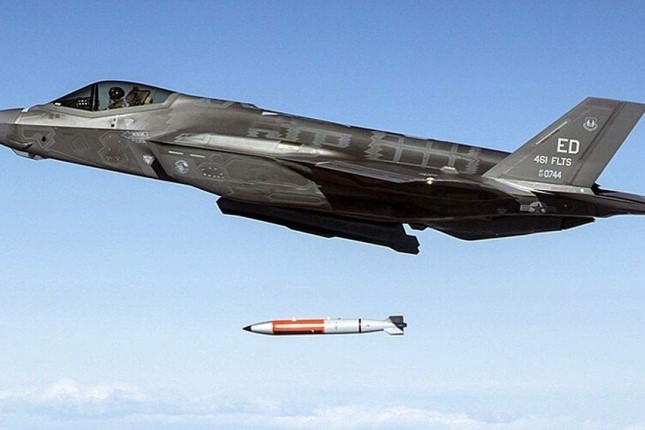
F-35 dropping inert B61-12 nuclear bomb, first trial. Photo: Los Alamos National Laboratory.
Kristensen played down the possibility of the US deploying “additional US nuclear bombs to Europe,” though noted, “FAS estimates there currently are roughly 100 nuclear bombs deployed at six air bases in five European countries [Belgium, Germany, Italy, the Netherlands, and Turkey].” He suggested the “upgrade at RAF Lakenheath could potentially be intended to increase the flexibility of the existing nuclear deployment within Europe.”
Plans to restore US nuclear weapons to Britain’s east coast are an escalation in the US-NATO war drive against Russia and confirm the UK’s status as a leading participant. In the last five years, successive Conservative governments have also accelerated plans to boost Britain’s own nuclear weapons arsenal.
In 2021, as part of his integrated defence review, and a £24 billion pound budget increase for the military, then Prime Minister Boris Johnson authorised lifting the cap on the number of stockpiled Trident nuclear warheads by more than 40 percent—the first increase in decades.
While the UK does not possess the thousands of warheads held by the United States and Russia—the review increased numbers from 180 to 260—these are weapons with enormous destructive power. A Guardian report noted that each warhead the “UK holds is estimated to have an explosive power of 100 kilotons. The atomic bomb dropped on Hiroshima at the end of the second world war was about 15 kilotons.”
The British ruling elite is concealing plans for nuclear Armageddon from the population. A House of Commons Library research briefing from May this year says of the nuclear warhead number increase, “The Government has provided no timeframe for doing so and no longer publishes transparency information, so the precise figure for the stockpile is unclear.”
Russian foreign ministry spokesperson Maria Zakharova responded to the plans for US nuclear arms to be stationed at Lakenheath by calling them an “escalation”. She added, “In the context of the transition of the United States and Nato to an openly confrontational course of inflicting a ‘strategic defeat’ on Russia, this practice and its development force us to take compensating countermeasures designed to reliably protect the security interests of our country and its allies.”
This is only the latest of many statements by the Putin regime warning the British government of the consequences of its reckless actions—some of which have led to military stand-offs.
A Royal Navy battleship, HMS Defender, played a critical role in NATO’s provocations against Moscow leading up to its invasion of Ukraine.
In June 2021, a Russian patrol ship fired a warning shot at Defender in the Black Sea, in Russian-claimed waters off the coast of Crimea where Moscow has a critical naval base.
In September 2022, an incident occurred that came close to triggering NATO’s Article 5 requiring member countries to come to the aid of any other member state under attack, after Russia nearly shot down a British spy plane near Ukraine.
In May this year, Britain shipped Storm Shadow cruise missiles to Ukraine, the longest-range weapons yet received by Kiev, confirming the UK’s role as provocateur-in-chief in the NATO war against Russia.
These and many other actions constitute an undeclared war between Britain and Russia, which proceeds without the slightest regard for the views of the population, but with complete agreement within Parliament. As the World Socialist Web Site wrote this May, “With Britain being dragged to the precipice of war with Russia, there has been no popular discussion of the consequences thanks above all to the unanimity between the Tories and the Labour Party. Sir Keir Starmer leads one half of a single, joint party of war sitting across both sides of the House of Commons.”
Those consequences could be catastrophic. In August 2022, Russian General Andrey Gurulyov, a deputy in Russia’s parliament (Duma), said of a nuclear attack on Britain, “Let’s make it super-simple. Two ships, 50 launches of Zircon [hypersonic cruise] missiles—and there is not a single power station left in the UK. Fifty more Zircons and the entire port infrastructure is gone. One more—and we forget about the British Isles.”
Main photo: An F15 Eagle at RAF Lakenheath in July 2009 © Tim Felce / CC BY-SA 2.0.
Source: World Socialist Web Site.
